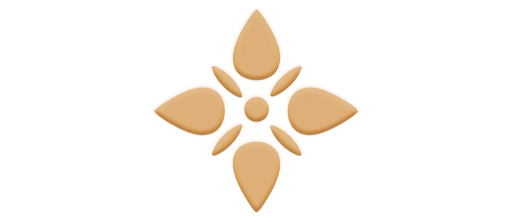There are two kinds of luminous fabric on the market at present,one is surface of reflective fabric with phosphor and other chemical adjunct or the surface of the composite layer reflective material of luminous fabric,this type is generally reflected by the illumination of light,so it makes people feel the fabric has light,strictly speaking,the fabric that reflects light irradiation is not a luminous fabric in the true sense.Another luminous fabric is added to light-conducting fibers during the weaving process of the fabric.then combine light-conducting fibers with electronic light source to make the fabric light up and change color,the luminous fabric has a certain technology,the application occasion is wide.today we introduce in detail the application fabric of the luminous and various problems when using it for DIY creation.
First of all,we need to know the properties,characteristics and principles of the luminous fabric: the luminous fabric,also known as optic fiber cloth,optic fiber fabric,LED luminous fabric,luminous fabric,is a kind of plastic fiber as the warp or weft,through the warp,weft interlacing and composing of a special woven fabric,through plastic fiber and F5LED coupling by electronic control system and optical processing,so the fabric can light up and change color,this is a high-tech fabric.DIY creation with the luminous fabric need to understand two part of operations:a,the regular operation of luminous fabric,b,the operation of luminous control system(mainly the luminous driver and LED strip)
Step 2:Tools Preparing.
We should know in advance what products we will use fiber optic fabrics for,the luminous fabric can make the light up costume,such as luminous wedding dresses,luminous clothes,luminous pants,luminous dresses,luminous coats and so on,it also can make bags and shoes,such as luminous baseball cap,luminous schoolbag,luminous handbag,it can make luminous home textile,such as:luminous pillows,luminous curtains,it still make gift toys:such as luminous dolls,luminous toys,you need to prepare the design drawings.Then prepare tools and materials such as scissors, paintbrushes, utility knives, thread, sewing machines, hot cutters, hot melt guns and hot melting glue are then required as shown in this figure:
Step 3: Tailoring
Draw a picture on the fiber optic fabric according to the design artwork. Then cut it with scissors. Note that fiber filaments in the fiber optic fabric cannot be cut. The sentence isn’t easy to understand (with a diagram to illustrate will be more specific)
Step 4: Lining
Optical fiber fabric is usually sewn together with a cloth after it has been cut,so that it makes the light bar line less noticeable
Step 5: Sewing
Sewing worker needs to perform normal sewing after sewing and pasting the supporting cloth. During the sewing process, the sewing machine’s pressure angle must be adjusted to the lightest,do not to damage the optic fiber in the fabric because of the sewing process,let alone crush the plastic optic fiber.
Step 6: Bundling the Optical Fiber
At one end of the fiber fabric, the bare fibers are bundled according to a certain span, as shown in the figure:
Step 7: Cutting the Optical Fiber
the optical fiber bundle has been assembled uses a hot cutter in order to cut,here need to be fast and accurate,The cross-section of the cut should be relatively flat.
Step 8: Coupling the LED Lights
After the fibre bundle has been flattened, it needs to be butt-coupled to the F5LED lamp bead. Heat shrinkable tubing is generally used for this type of connection. Shenzhen Fashion Lighting Technology Co., Ltd. does an excellent job in this regard. LED lights are their specialty. Their molds are open on both sides of the beads and fiber bundle, and they can be tightened by aligning the threads. It’s really convenient and quality of their products.
Step 9: Seam
Once you’ve finished the above steps, turn it over and press the seam.
Step 10: Quality Inspection
In order to comply with optometry inspection quality requirements, the following factors need to be met:
- A) Wide and uniform sewing lines are essential, as well as fine and wireless sewing heads.
- B) There should be no continuous breakage of fibers. Fibers that are broken by more than 1CM are considered unqualified.
- C) The product must be clean, tidy, and in strict conformance with the production specifications.
- D) The product must possess a uniform and translucent luminescence.
Step 11: Last of Packaging
Packaging is a very important part,because most fabrics cannot be folded 180 degrees, which will damage the fibers that guide light, packaging should include foam sticks. Folding prevents damage to the optical fiber. The following pictures illustrate this:
In this way, a fiber fabric product is created using luminous optical fibers. You are welcome to contribute your knowledge and experience regarding fiber optic fabrics by commenting below.

